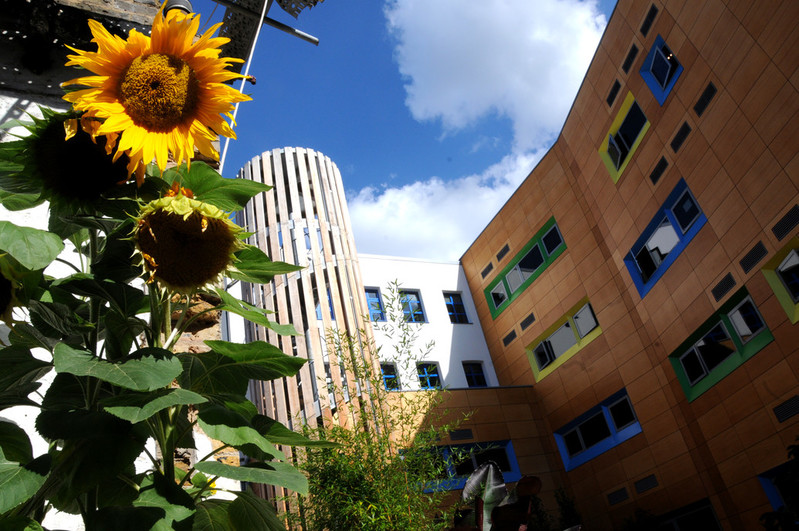Today’s blog is very topical because LSHTM doctoral researcher and DEPTH member Shelly Makleff has been attending the SVRI Forum 2019 in Cape Town this week to present a co-produced project by LSHTM, IPPF/WHR and Mexfam that highlights the potential of sexuality education as a strategy for…

